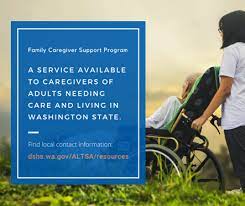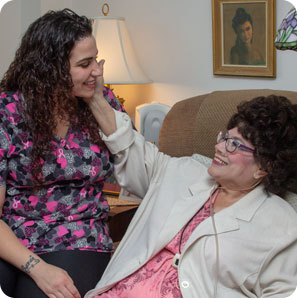
Provider home care is a great option if you're looking to improve the health of your loved one. This option allows you to pay Medicaid home care aides for travel time between your clients. The program helps you to determine whether in-home care is cost effective and can bring families closer together.
Maryland should reinstate the provider home care program
Independent provider home care programs, which give people greater control over their finances as well as care, have been eliminated by the state. This decision is likely not to be good for Medicaid recipients, but for the home care assistants who were employed under the program. The state originally projected that the cancellation of the program would drive up costs dramatically, but the Maryland Center on Economic Policy found that the increase would be very small.
The elimination of self-directed care may have had negative consequences for Medicaid participants in Maryland. The goal of the state was to transfer responsibility for complying with federal law to private companies. Participants who self-direct their care might have better outcomes than those who get home care services from agencies.

LHCSAs are licensed home care services agencies
LHCSAs or licensed home care service agencies (LHCSAs) offer personal-care and nursing services to clients in their own homes. These companies are often contracted by Medicare or Medicaid to provide these services. They may also contract with other agencies to provide certain services. These agencies are regulated and required to comply with certain state regulations by the New York State Department of Health.
The DOH will require a business plan that details projected expenses for the next two months before an applicant can apply for a license. The plan must include projected expenses for salaries, office space as well as utilities, supplies and other operational costs. The applicant must also submit the most recent balance sheet.
Medicaid home care aids are compensated for the time they spend traveling between clients
Medicaid is funded both by the federal government and by individual state governments. These funding sources are responsible for setting the rules and regulations that govern the program. While the federal government has a larger role in setting the standards for the program, states have some flexibility in terms of which types of services they will cover. Home care services are particularly important.
Many home care agencies pay their staff through Medicaid programs. These programs are funded mainly by the federal and state governments. Each state has its own rules about how much home care aides should be paid. While some states pay family caregivers for their services, others do not.

Cost-effectiveness of in-home care
Although the use of video visits in home care can supplement or replace physical visits, these technologies do not provide a cost-effective substitute. Video visits need to be able significantly reduce the time providers spend with each patient to make them cost-effective. For a light-disabled patient, this means a reduction of approximately 80%. A reduction of approximately 80% must be achieved for patients who are averagely disabled.
Recent studies have proven that home care is cheaper than inpatient care. One study examined six Philadelphia hospitals, and compared the hospitalization and cost of home care to patients. According to the study, home care patients saved an average of $6,500 per patient. The authors suggested that Medicaid, Medicare and other payment options could expand and make home care more affordable.